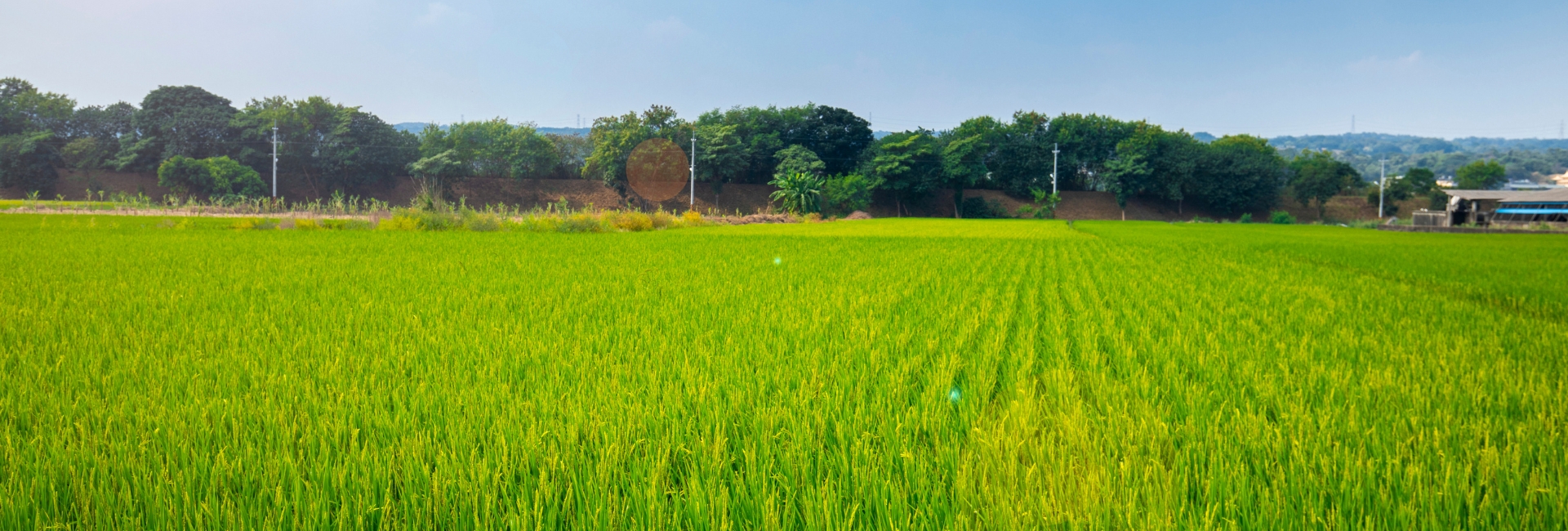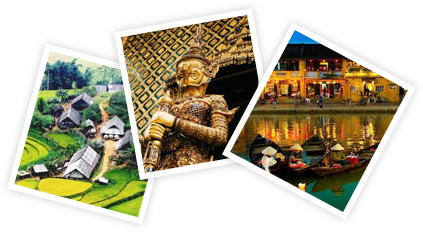Choosing the best time to travel to Vietnam depends on your specific destinations and planned activities. But for the best experiences, a well-known understanding of the features of weather and regions by month in Vietnam when visiting each area is key to making the most of your Vietnamese adventure. This guide will help you navigate Vietnam’s complex weather patterns to plan the perfect trip!
Vietnam Weather Overview By Region
With an elongated geography that stretches over 2000 miles of coastline, Vietnam creates a complex climate system divided into three distinct regions creates a complex climate that varies significantly from region to region. This variety means that there’s no single “best” time to visit Vietnam as a whole – each area has its own optimal seasons for travel.
So to choose when is the best time to travel to Vietnam, you need to understand each region of this beautiful country:
Mountainous Far North
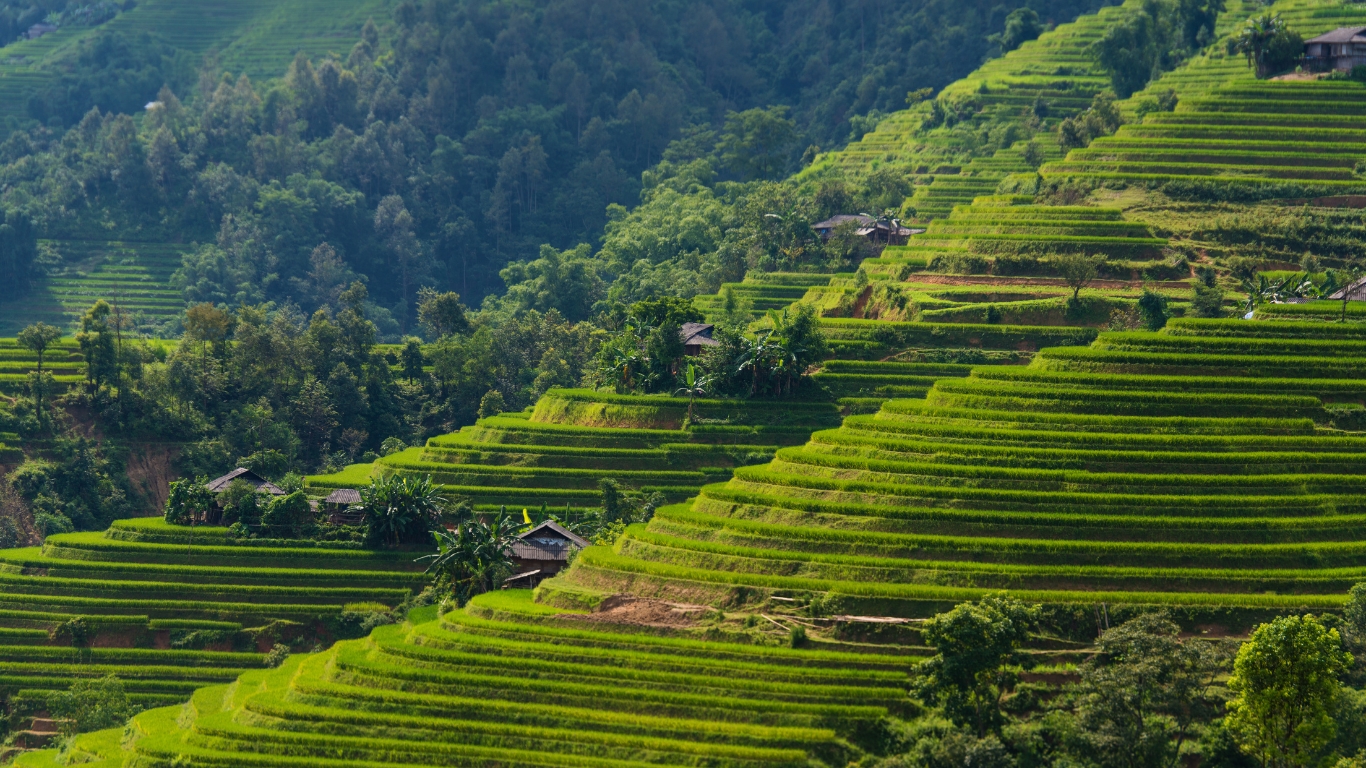
The mountainous far north, including popular destinations like Sapa, Ha Giang, Bac Ha, and Mu Cang Chai, experiences two primary seasons:
Dry season (October to late March):
- Temperatures range from 10-20°C, with occasional drops below freezing at night in December and January.
- Clear skies and excellent visibility make this the best time for trekking and photography.
- The famous rice terraces are at their most picturesque in September and early October when the rice is ready for harvest.
Wet season (April to September): Temperatures range from 20-30°C, with high humidity.
- Heavy rainfall can cause landslides and make trekking difficult.
- May to July sees the heaviest rainfall, often causing travel disruptions.
- Best time to visit: September to November for ideal trekking conditions and stunning landscapes.
>> Best time to visit Vietnam Mountainous Far North: September to November for ideal trekking conditions and stunning landscapes.
North Vietnam
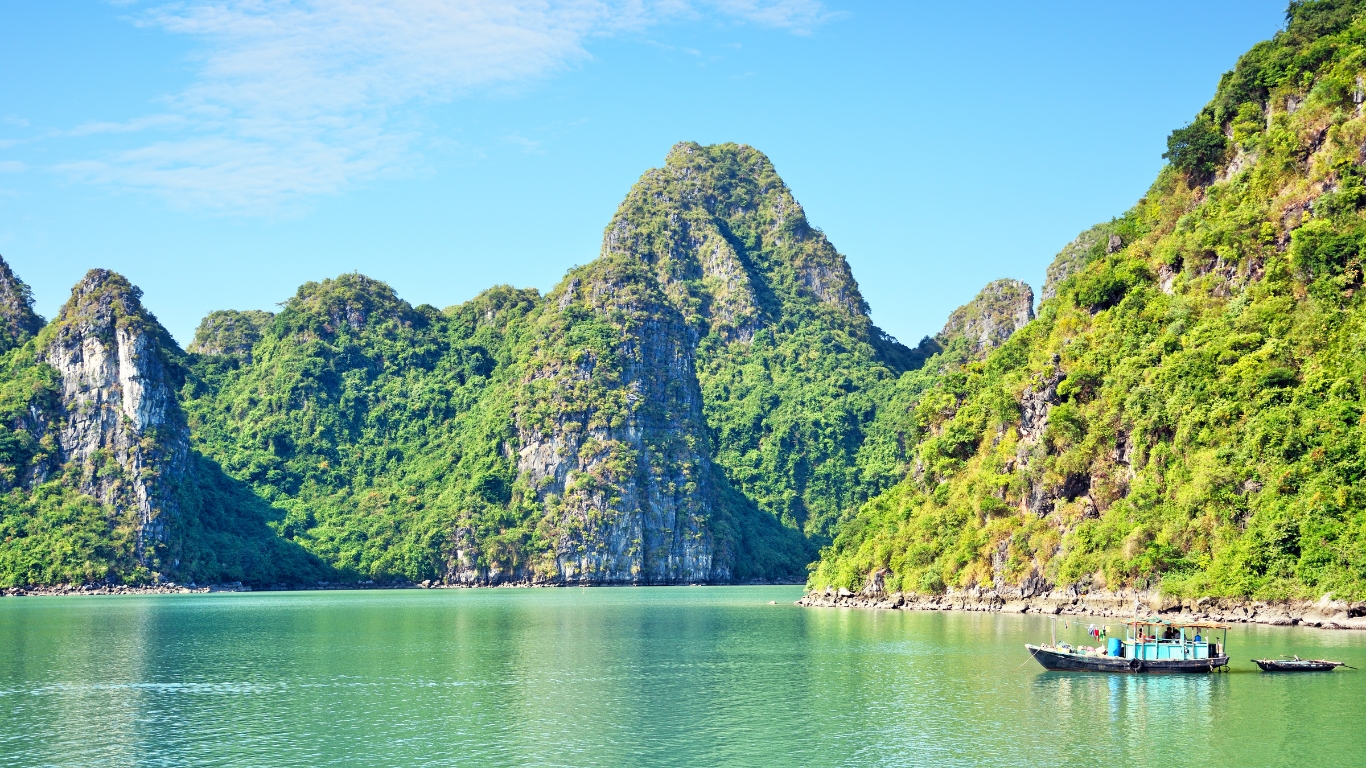
This region, including Hanoi, Halong Bay, Cuc Phuong, Mai Chau, and Ninh Binh, has four distinct seasons:
Spring (February to April):
- Temperatures range from 15-23°C with occasional drizzle.
- Perfect for exploring Hanoi and cruising Halong Bay.
Summer (May to August):
- Hot and humid with temperatures reaching 32-35°C.
- Frequent heavy downpours, especially in July and August.
- Halong Bay can experience storms, occasionally disrupting cruises.
Fall (September to November):
- Pleasant temperatures between 25-30°C.
- Lower humidity and rainfall make it ideal for outdoor activities.
Winter (December to January):
- Temperatures can drop to 10-15°C, feeling colder due to high humidity.
- Occasional fog can affect visibility in Halong Bay.
>> Best time to visit Northern Vietnam: October to March for comfortable temperatures and low rainfall.
Central Vietnam
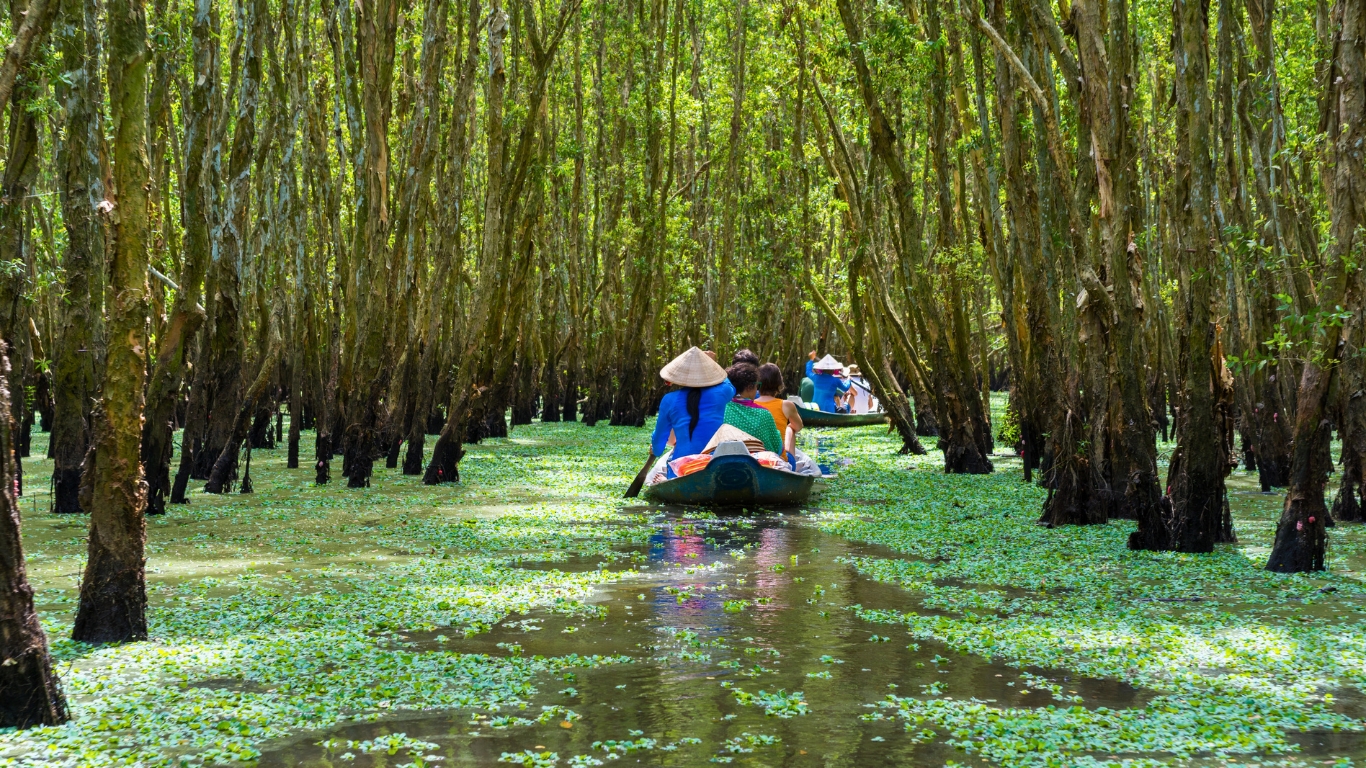
This diverse region includes Hoi An, Danang, Hue, Dalat, Quy Nhon, and Nha Trang:
Dry season (February to August):
- Hot and sunny with temperatures often exceeding 35°C.
- Perfect beach weather, especially from May to July.
- Hue tends to be a few degrees cooler than Hoi An and Danang.
Wet season (September to January):
- Heavy rainfall, with October and November seeing the most precipitation.
- Risk of typhoons, particularly in Hue and Hoi An.
- Dalat experiences milder temperatures year-round due to its elevation.
Nha Trang’s microclimate:
- Dry season from January to September.
- Short rainy season from October to early December.
>> Best time to visit Central Vietnam: February to May for a balance of warm temperatures and low rainfall across the region.
South Vietnam
This region includes Ho Chi Minh City, the Mekong Delta, Phu Quoc, Con Dao, Phan Thiet, Mui Ne, Ho Tram, and Long Hai:
Dry season (November to April):
- Temperatures range from 25-35°C with low humidity.
- Ideal for beach vacations and exploring the Mekong Delta.
- February to April can be extremely hot in Ho Chi Minh City.
Wet season (May to early November):
- High humidity with temperatures between 25-35°C.
- Short, intense afternoon downpours are common.
- June to August see the heaviest rainfall, but it rarely lasts all day.
Island weather:
- Phu Quoc and Con Dao enjoy good weather year-round.
- Brief afternoon showers are common during the wet season but rarely disrupt activities.
>> Best time to visit Southern Vietnam: December to March for dry, sunny weather perfect for beach holidays and city exploration.
Vietnam Weather By Month
Now, here’s the table summarizing Vietnam’s weather by month for you to prepare to plan a journey to Vietnam by month:
| Month | Temperature (°C) | Main Features | Best Regions to Visit |
| January | North: 13-24 Central: 20-28 South: 22-32 | Cool and dry in the north, warm and dry elsewhere | Central, South Vietnam |
| February | North: 13-24 Central: 21-28 South: 23-22 | Similar to January, Tet Holiday season | All Regions |
| March | North: 15-26 Central: 23-30 South: 25-34 | Warming up, low rainfall | All Regions |
| April | North: 20-28 Central: 24-32 South: 27-35 | Warm, humidity increasing | North, Central Vietnam |
| May | North: 23-31 Central: 25-33 South: 27-35 | Begin to hot, the chance of rain increasing | North Vietnam |
| June | North: 30-35 Central: 30-37 South: 26-33 | Hot and humid, rainfall increasing | Central Coast |
| July | North: 30-36 Central: 30-37 South: 26-32 | Hot and humid, rainfall increasing | Central Coast |
| August | North: 30-37 Central: 30-37 South: 26-32 | Hot and humid, high rainfall | Central Coast |
| September | North: 24-31 Central: 25-32 South: 26-32 | Warm and humid, rainfall decreasing | North Vietnam |
| October | North: 21-29 Central: 23-30 South: 24-31 | Cooler, drier in the north and south, wet in the central | North and South Vietnam |
| November | North: 17-25 Central: 22-28 South: 23-31 | Cool in the north, drier throughout | North and South Vietnam |
| December | North: 14-23 Central: 21-27 South: 22-31 | Cool and dry in the north, warm and dry elsewhere | All Regions |
So, When is the best time to travel to Vietnam?
Any time could be the best time to travel to Vietnam as this country has its beauty in each month in each region. However, according to statistics and observations, October to April still the best times to travel to Vietnam for travelers from all around the world as it allows visitors to explore various regions comfortably, from the northern mountains to the southern beaches.
However, it’s important to note that the peak tourist season falls between November and March. While the weather is ideal during these months, popular destinations can become crowded, and prices for accommodations and tours may increase.
For those seeking a balance between good weather and fewer crowds, consider visiting in the shoulder seasons of April-May or September-October. These months often offer favorable conditions with the added benefit of lower tourist numbers.
When are the Worst Months to Visit Vietnam?
The least favorable time to visit Vietnam typically falls between June and August. During these months, much of the country experiences its highest rainfall, which can disrupt outdoor activities and travel plans. Additionally, temperatures and humidity levels can be uncomfortably high, especially in the south.
However, it’s worth noting that even during the rainy season, downpours are often short-lived and followed by periods of sunshine. Budget-conscious travelers might find attractive deals during this off-peak season.
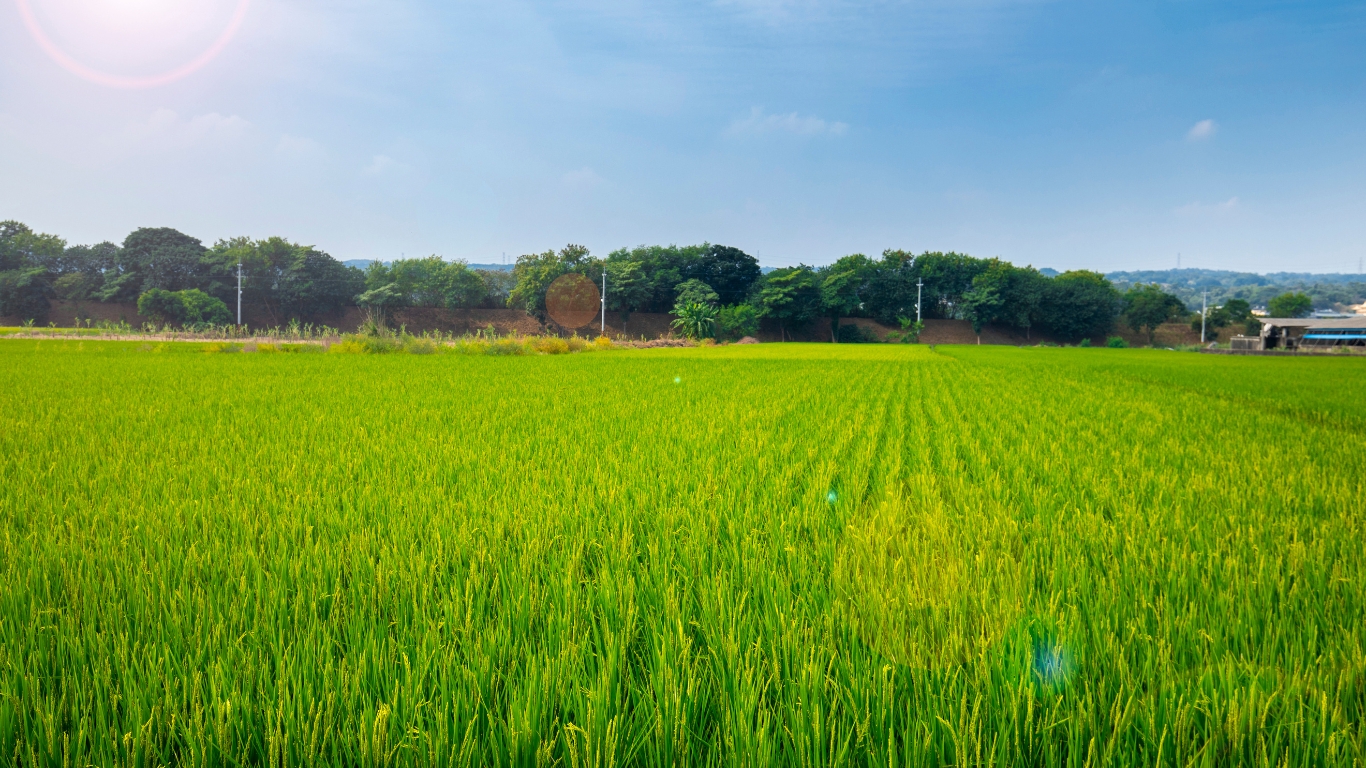
FAQs
Which month is best for a Vietnam tour?
For a comprehensive tour of Vietnam, November and February are often considered ideal. These months provide a good balance of favorable weather conditions across different regions. You can expect cool temperatures in the north, pleasant warmth in the central areas, and dry, sunny days in the south.
What are the hottest months in Vietnam?
The hottest months in Vietnam vary by region:
- North: June to August, with temperatures reaching 35°C (95°F)
- Central: June to August, with temperatures often exceeding 35°C (95°F)
- South: April to May, with temperatures up to 35°C (95°F) or higher
During these periods, temperatures can reach up to 38°C (100°F+), with high humidity levels making it feel even hotter.
When is the Typhoon season in Vietnam?
Typhoon season in Vietnam generally runs from June to November, with the highest risk period being August to October. The central coast is most vulnerable to typhoons, particularly the area from Hue to Nha Trang. While the north and south can also be affected, it’s less common. It’s important to note that not all of Vietnam is impacted simultaneously, and many areas remain safe to visit during this period.
When are the rice fields the most beautiful?
The best time to see Vietnam’s rice fields depends on the region:
- Sapa and Mu Cang Chai (North): September to early October for golden harvest scenes
- Mai Chau and Ninh Binh (North): June to July for lush green paddies
- Hoi An (Central): February to May for vibrant green fields
- Mekong Delta (South): November to January for harvest time
For the iconic terraced fields, September to early October in Mu Cang Chai offers the most spectacular views.
Maybe you’ll want to read more: 9 Most spectacular Vietnam rice fields & Recommended Things to Do
When is the best time to visit South Vietnam for beaches?
The best time to visit South Vietnam’s beaches is from November to April. During these months, you can expect:
- Dry and sunny weather
- Calm seas with good visibility for snorkeling and diving
- Temperatures ranging from 25-32°C (77-90°F)
Popular beach destinations like Phu Quoc, Con Dao, and Mui Ne are particularly pleasant during this period. However, be aware that December to March is also peak tourist season, so beaches may be more crowded and prices higher.
Read more: Top 8 pristine beaches in Vietnam
Remember, Vietnam’s diverse climate means you can find enjoyable experiences year-round if you plan carefully. Even during rainy seasons, showers are often brief, and the resulting lush landscapes can be breathtaking. By aligning your travel dates with your preferences and using this guide, you can ensure a memorable journey through Vietnam, regardless of when you choose to visit.
Thuy Dang – From Indochina Voyages Team

